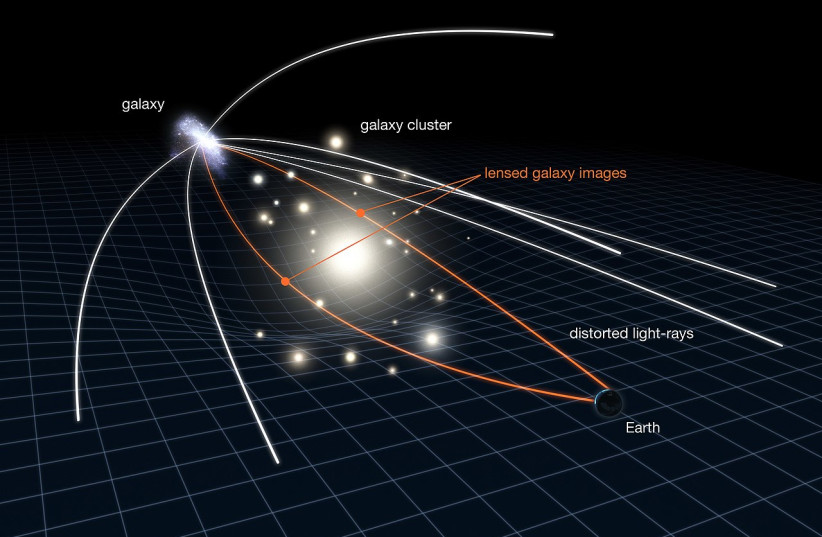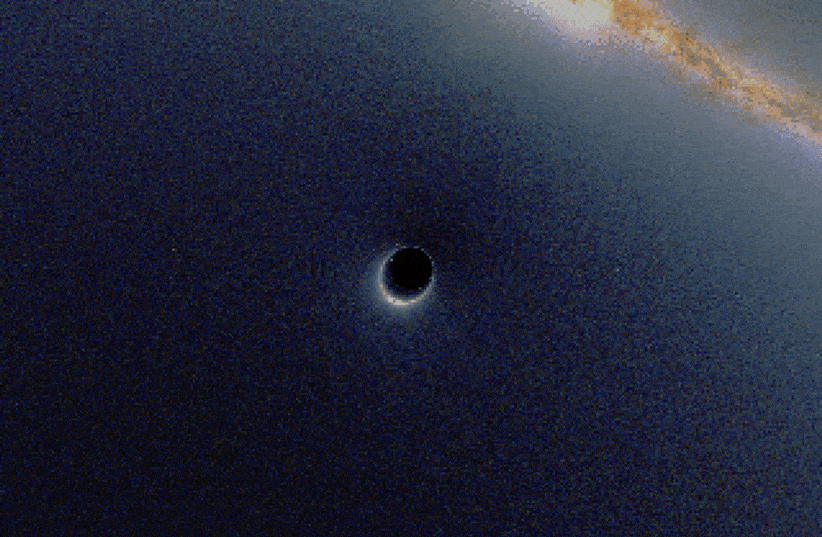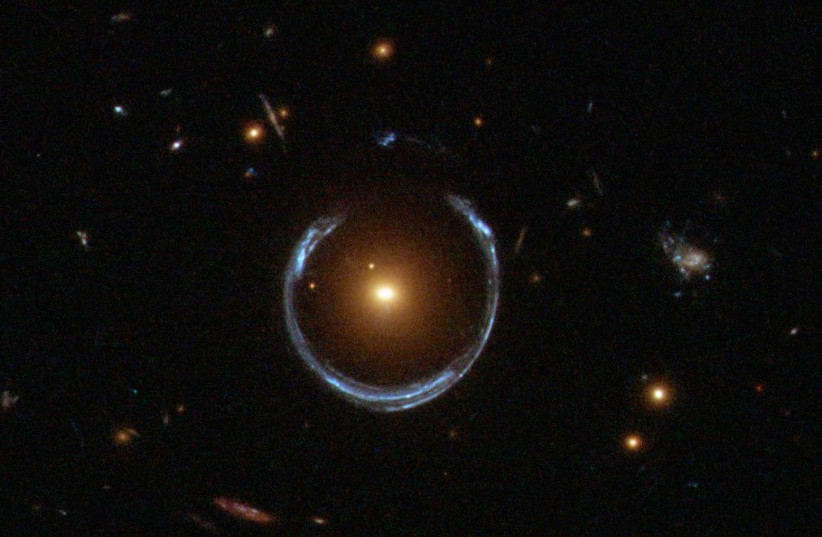Scientists have discovered the earliest-known complex organic molecules in the history of the universe thanks to NASA's James Webb Space Telescope, a recent study revealed.
The discovery of these molecules, found in a very distant galaxy some 12 billion light-years away from Earth, occurred relatively quickly after the Big Bang itself and raises questions on the nature of star formation.
The findings of this study were published in the peer-reviewed academic journal Nature.
Organic molecules in space: NASA's James Webb Space Telescope looks back in time
It is important to first clear up a common misconception regarding the meaning of the word "organic."
Throughout history and even in the modern day, "organic" was long used exclusively to define either living things or chemical compounds that originated in living things. However, this isn't actually true.

While the exact definition is something that is still somewhat debated, an organic compound ultimately refers to any compound containing certain carbon bonds. This doesn't fully cover all compounds with carbon bonds, such as cyanide, but does constitute other compounds like methane.
Finding organic matter in space is far from unheard of. In fact, they can be found all over the place: Near stars, on asteroids and comets, on dust particles floating throughout space, in interstellar clouds, in protoplanetary disks, in stellar nurseries, and so on.
The question, then, is which organic compounds were found in this distant galaxy.
The simplest form of organic compound is usually considered to be hydrocarbons. However, that isn't what was spotted. Rather, the organic compound detected was something far more complex: Polycyclic aromatic hydrocarbons (PAHs).
Scientists have long been fascinated by these compounds, since many theorize that, while definitively not alive by any stretch of the imagination, these compounds could essentially be the building blocks for life, being the lifeless chemicals that could eventually synthesize into actual life, which is the principle behind the PAH world hypothesis.
They can also be found on Earth, especially in smoke and smog. In fact, they are primarily made through artificial means, with everything from urban pollution, the use of fossil fuels, wood-burning, industrial work, or even smoking tobacco being able to produce PAHs.
However, they can also be made through natural means, such as through volcanic eruptions and being found in some natural minerals or natural fires.
Despite this, PAHs are known to be present in space in a wide variety of areas, being a dominant part of the interstellar medium of galaxies throughout the universe.
It was long thought that in space, PAHs were signs of star formation, with the idea being that they would help regulate the temperature in stellar nurseries, determining when stars would form.
But that might not actually be correct.
The researchers behind this study, made up of a team from multiple universities and led by Texas A&M University astronomer Justin Spilker, were able to take a look at a very far-away galaxy SPT0418-47. This galaxy was first discovered back in 2020 but was later chosen for reobservation using the James Webb Space Telescope as part of the Targeting Extremely Magnified Panchromatic Lensed Arcs and Their Extended Star formation (TEMPLATES) program due to it having dust-like spectra.
This galaxy is incredibly far away, being around 12.3 billion light-years from Earth. For context, the universe is thought to be around 13.7 billion years old.
In order to see such a distant galaxy, the researchers had to make use of a tool known as gravitational lensing. This is, essentially, a distortion in space and time, something predicted by Albert Einstein.

Basically, there is a target galaxy one might want to see. However, in between that galaxy and observers on Earth is a different galaxy that, from our point of view, seems to be perfectly aligned.
Rather than obscuring the target galaxy from view, though, the second galaxy actually causes the light from the target galaxy to be stretched and magnified to become more visible for us, forming a shape known as an Einstein ring.

In fact, despite how far galaxy SPT0418-47 is from Earth, it remains one of the brightest in the universe, continuing to form stars hundreds of times faster than the Milky Way. This is what made the galaxy such an ideal target for study: It has the potential to greatly expand our knowledge of star formation.
When using the James Webb Space Telescope, however, some interesting discoveries were made.
First, it was found that the galaxy wasn't alone – there's actually a companion galaxy with which it is merging.
Secondly, the galaxy is already filled with heavy elements and large PAH molecules. This already is interesting because while scientists had assumed they were present throughout space, they had never before been detected so far away.
But what makes this discovery so interesting is that while the galaxy was filled with PAH, it wasn't spread out evenly. Some parts of the galaxy lacked any visible PAH. But despite this, stars continued to form there.
This is something that scientists don't yet understand.
Further studies are needed to solve this puzzle. But considering how it took just an hour to gain all this information from the galaxy thanks to the James Webb Space Telescope, it should be possible to find more examples relatively easily.
